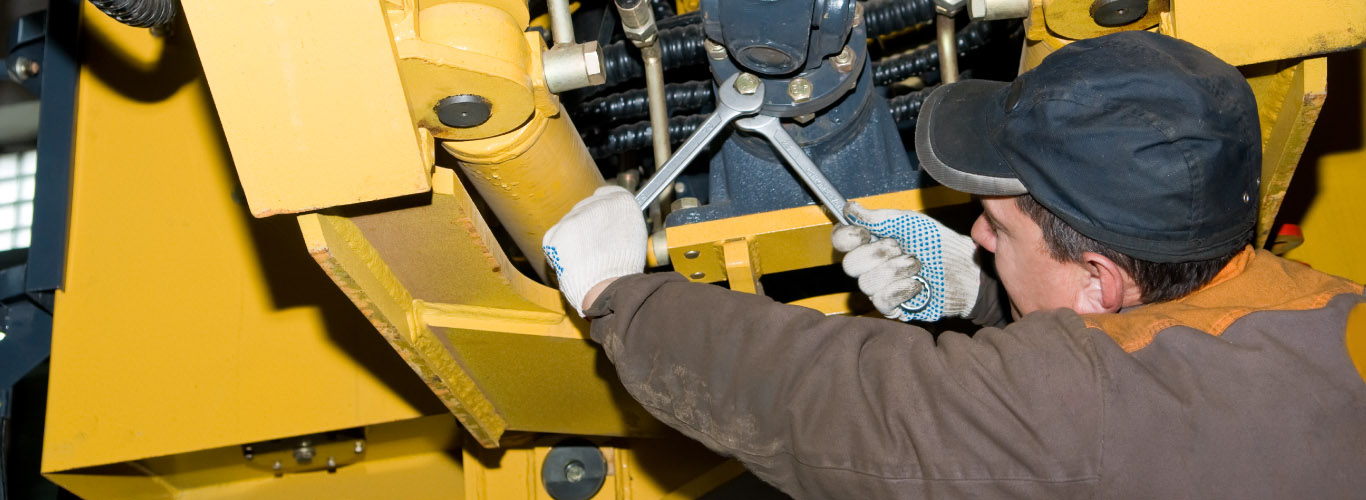Purchasing the right used construction equipment for your business is crucial to getting the most out of your investment. Most often used machines are considered a cost effective option compared to buying new ones. The only issue is that sometimes used equipment is not as reliable as new machines are, which means you can get stuck with hefty repair bills, downtime, and, in the worst case, the machine doesn't last as long as you expected.
To avoid headaches and unnecessary costs, there are several factors to consider when buying used construction equipment.
History of the machine
You need the service history of the used equipment you are considering purchasing. Look for whether the machine had a preventive maintenance program with a certified dealer. Has it had most of its wear parts and components replaced? Were fluids changed regularly? Has it undergone any major repairs, and were they appropriate for the age of the machine? A reputable seller should be able to provide this information. If they cannot, you may want to consider purchasing from someone else.
Check out the undercarriage
More often than not, OEM undercarriages are preferable to aftermarket ones. OEMs are more focused on life cycle, and the components usually achieve a longer wear life. Normally, bushings and link assemblies from the manufacturer are thicker, with a more rigid specification for hardness. Always check to make sure that the used machine has an OEM undercarriage. It will typically have the manufacturer's name on it.
Inspect the fluids
A great indicator for how well a piece of used equipment has been maintained over the years is the quality of its fluids. It's important to check the color and cleanliness of the machine's coolant, engine fluid, hydraulic fluid, and transmission fluid. If the fluid is dirty or the gaskets are not filled to the correct levels, it's a sign that the piece of equipment you are looking at has probably not been adequately maintained by its prior user.?
You also want to watch out for these indicators for major engine problems:
- Milky colored oil
- Bubble formations within the coolant system
- Oil in the coolant or coolant in the oil
Inspect the machine closely for signs of wear
Some machine wear is unavoidable and occurs even with regular, correct operation. However, the extent and depth of component wear can be a good sign of whether the piece of equipment was handled correctly and properly maintained. Some types of wear can also be evidence of serious damage or repairs in the past. Check for the following types of wear in particular:
- Thin, slight cracks along the steel
- Signs of rust and decay
- Dents or repair welds, which would indicate a serious prior accident
You also want to ensure that the actual condition of the machine matches the seller's description. If you inspect the equipment or have an expert inspect it and find that there are significant discrepancies, avoid purchasing that piece of equipment.
Find the right price
Used equipment should be less expensive than new equipment, but should not be unusually low, compared to similar used machines. The right price represents the worth of a machine based on its operating time, age, and past maintenance. Keep in mind that when a new construction machine is sold, its total depreciation will typically occur within a year and represents a 20% to 40% drop from the retail price. If the piece of equipment is well maintained, however, its value will likely remain the same indefinitely.
Before purchasing a new machine, it's a good idea to compare prices online for similar types, brands, and ages of equipment.
Contact Great Southern Equipment for Your Heavy Equipment Needs Today!

